I have a workbook that references (with vba, no formulas) another workbook that is stored remotely on a server.
I hope no problems opening the workbook, using my references and closing the workbook all without the user knowing apart from one major flaw. When I use Workbooks.Open(MyPath) it shows a "Downloading" box which reveals the location of this file. I do not want the users to see this.

Is there a way to suppress this box?
I have tried application.screenupdating = False, application.displayalerts = False
Can't gather much from looking round the net, similar questions on forums go unanswered, but hours an hours of work hinges on this really as if the prompt can't be suppressed I need to scrap the whole thing.